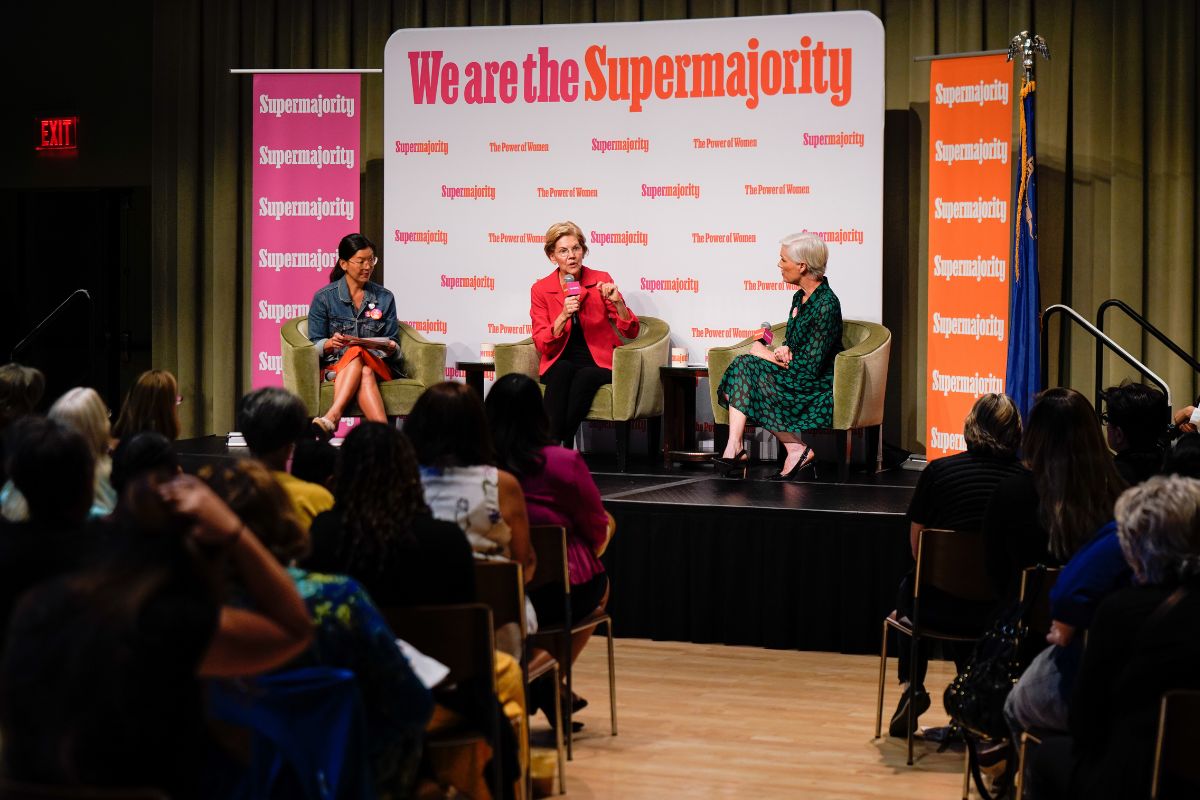
It’s not bedtime reading. It’s 4,297 pages long and costs $374 to download a single-user copy in PDF. The 16th edition of the GuideStar Nonprofit Compensation Report analyzes Form 990 return information for 96,000 nonprofit organizations. Compensation information for 135,000 staff positions is aggregated by national, state, metropolitan statistical area, gender, and NTEE (National Taxonomy of Exempt Entities) classification.
If you’re a nonprofit executive, board member, consultant, or researcher, the report is a valuable independent reference tool in determining how nonprofit sector executives and managers are paid. With the requirement that nonprofits be able to substantiate new and incumbent executive compensation based on board-led processes, boards can use the report to support consultant recommendations and anecdotal observations. It can also be referenced by executives themselves to see how they compare to their peers.
The report’s executive summary includes several highlights from the report:
- Median compensation of females continued to lag behind that of males when considering comparable positions at similar organizations. The gap ranged from eight percent for CEOs at organizations with budgets of $250 thousand or less to 23 percent at organizations with budgets of greater than $25 million.
- Since 2004, women have made gains in the percentage of CEOs at all but organizations with budgets of less than $1 million. Gains have been most dramatic at organizations with budgets of more than $10 million, although women still make up less than a third of the CEOs at those organizations.
- Compensation increases for incumbents continued to lag behind their rate before the recession. In 2008, median increases in incumbent CEO compensation were generally 4 percent or higher. In 2014, increases were below this level for the sixth consecutive year.
- As usual, health and science organizations had the highest overall median salaries. Arts, religion, and animal-related organizations brought up the rear.
- For the 11th consecutive year, Washington, D.C., had the highest overall median salary of the top 20 metropolitan statistical areas (MSAs). Median compensation of CEOs was lowest in Portland, Oregon, although the median salary of CEOs in Atlanta, Georgia, had the lowest purchasing power when adjusted for cost of living.
The one-year median increase in incumbent CEO compensation by gender and organization size is interesting because, while the pay gap between men and women is closing at organizations with budgets under $25 million, it’s widening for organizations with budgets over $25 million. Especially since smaller nonprofits report lower median increases in compensation for both men and women, it’s perplexing to note that large nonprofits, which would potentially have greater resources to devote to pay equity, appear to be neglecting that responsibility.
Sign up for our free newsletters
Subscribe to NPQ's newsletters to have our top stories delivered directly to your inbox.
By signing up, you agree to our privacy policy and terms of use, and to receive messages from NPQ and our partners.
Without other confirming information, we might have wanted to approach the analysis by gender with caution, because the IRS doesn’t track gender on the 990. As GuideStar notes in the report’s Methodology section, “in the tables where the data is split out by gender, gender has been assigned using a third-party software program.” But other studies align with the differential’s persistence, including in Pittsburgh, in art museums (where female heads of larger institutions make 71 cents on the male dollar), and in social enterprise (where women CEOs make 29 percent less than men). Sounds like a pattern.
Geography affects median CEO compensation, even when adjusted for cost of living, as noted above. According to the report, adjusted for cost of living differentials, being a nonprofit CEO is a six-figure job (barely) in major metropolitan areas everywhere except Atlanta and Minneapolis. Dallas-based CEOs have median compensation of $93,359, but it’s worth $134,087, more than $20,000 better than adjusted CEO pay, in Los Angeles and Chicago.
The biggest limitation of the GuideStar report is inherent in its sole data source—the Form 990. The report, like almost all large-scale research on the nonprofit sector, relies on the accuracy of Form 990 data as provided by the nonprofits that file. First, this means we have no information on the majority of nonprofits because, as their annual budgets fall below $250,000, they therefore are not required to file a Form 990 or Form 990-EZ. Second, for nonprofits required to file, the IRS rules for determining and reporting compensation on the 990 are open to interpretation. Some organizations misinterpret what needs to be reported, either unintentionally or intentionally. Regardless, researchers are left with the nonprofit filers’ representations.
Notwithstanding the limitations, this GuideStar annual compensation report provides necessary and worthwhile data compilation as the sector seeks to understand itself and its leaders respond to public and governmental demands for compensation accountability.—Michael Wyland











